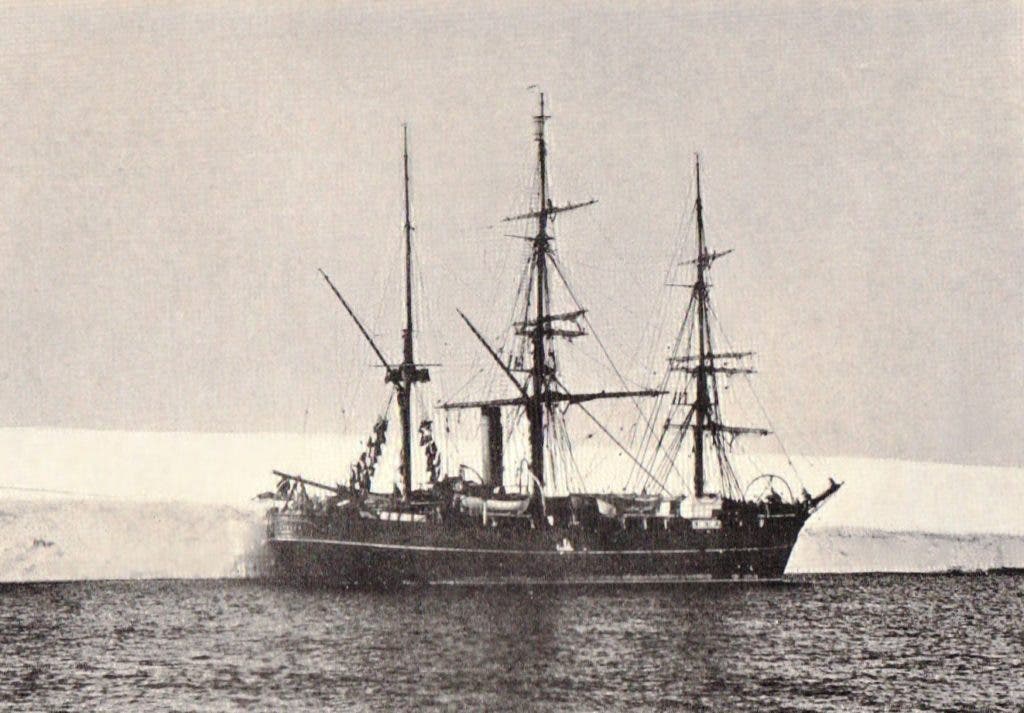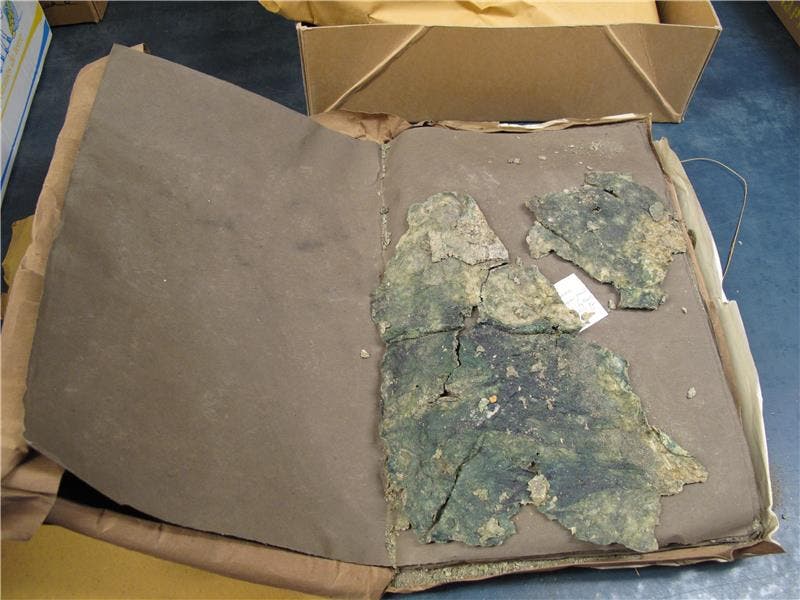Samples retrieved by Captain Scott’s famous Discovery expedition (1901-1904) have been reanalyzed using modern technology, revealing how the Antarctic has changed in the past hundred years.

Captain Robert Falcon Scott was a groundbreaking explorer and a celebrated hero, leading two expeditions into the Antarctic: the Discovery Expedition (1901–1904) and the ill-fated Terra Nova Expedition (1910–1913). Scott brought home samples that provided the first glimpses into Antarctica’s geological history, turning the untouched continent into an active research interest.
Now, a new study analyzed the presence of cyanotoxins — the toxins produced by bacteria called cyanobacteria — in the samples taken from the pristine Antarctic of the early 1900s.
Cyanobacteria typically thrive in warmer, nutrient-rich water, and global warming has been shown to increase both the frequency and intensity of algal blooms. Therefore, they can be used as a proxy to study global warming and its effects.
Researcher and lead author Dr. Anne Jungblut, from the Natural History Museum in London, said:
“The results will help experts to study the effects of climate change on blue-green algae and their toxins in Antarctica, now and in the future. They also highlight the significant past, present, and future contributions of the scientists that were the backbone of Captain Scott’s Discovery expedition.”
“These historic samples from the Heroic Age of Antarctic Exploration, and our work on them 100 years later, demonstrate the value and the ongoing importance of Captain R.F. Scott’s scientific legacy for current science challenges in Antarctica.”

The samples were kept in a herbarium. So far, the analysis has revealed that the samples are still intact and suitable for this type of investigation. Researchers were able to identify the cyanotoxins, demonstrating the potential for this type of study. It’s impressive that century-old samples can still yield valuable information, but it’s still not clear how useful this information will turn out to be.
“The ‘Discovery’ cyanobacterial mat samples represent the oldest polar cyanobacterial samples found to contain cyanotoxins to date and provide new baseline data for cyanotoxins in Antarctic freshwater cyanobacterial mats from prior to human activity in Antarctica, the development of the ozone hole and current levels of climatic change,” the study reads.
Journal Reference: Microcystins, BMAA and BMAA isomers in 100-year old Antarctic cyanobacterial mats collected during Captain R.F. Scott’s Discovery Expedition; Jungblut A.D., Wilbraham J., Banack, S.A., Metcalf J.S. Codd, G.A.; European Journal of Phycology; DOI: 10.1080/09670262.2018.1442587.


